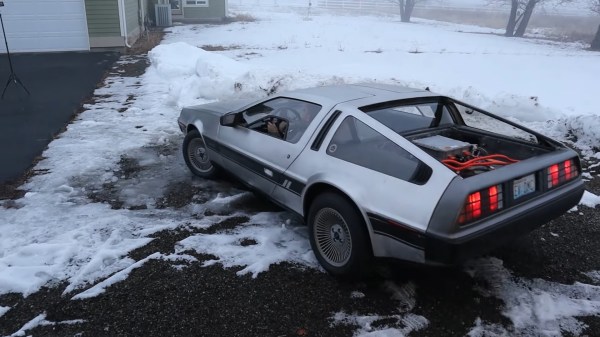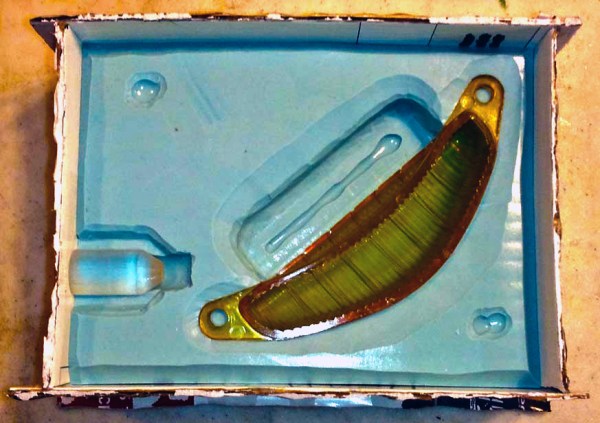Back near the beginning of the current Solar Cycle 25, we penned an article on what the whole deal is with solar cycles, and what could potentially lie in store for us as the eleven-year cycle of sunspot population developed. Although it doesn’t really come across in the article, we remember being somewhat pessimistic about things, thinking that Solar Cycle 25 would be somewhat of a bust in terms of increased solar activity, given that the new cycle was occurring along with other, longer-period cycles that tend to decrease solar output. Well, looks like we couldn’t have gotten that more wrong if we tried, since the Sun lashed out with a class X solar flare last week that really lit things up. The outburst came from a specific sunspot, number 3514, and clocked in at X2.8, the most powerful flare since just before the end of the previous solar cycle. To put that into perspective, X-class flares have a peak X-ray flux of 10-4 watts/m², which when you think about it is a lot of energy. The flare resulted in a strong radio blackout; pretty much everything below 30 MHz was unusable for a while.
car restoration3 Articles
A DeLorean With An Electrifying Secret
There are few production cars with as much geek cred as the DMC DeLorean. If you want to kick the nerdiness up a notch without doing a full Back to the Future prop-mod, then the next best thing is to make it an EV.
[Bill Carlson] took a 1981 DeLorean and transplanted the drivetrain from a Chevy Bolt to electrify this ride. With the DeLorean being a rear wheel drive vehicle and the Bolt front wheel, there was some amount of component reshuffling to do. The motor is now in the rear of the car along with the main contactor, charger, and motor controller while the batteries are split between a pack in the original engine compartment and another up front under the hood.
The electric power steering and brake booster from the Bolt now also live under the hood, and the accelerator and steering column from the EV were transplanted into the cockpit. [Carlson] still needs to tidy up the interior of the car which is currently a nest of low voltage cables as well as add the cooling system which will bring this stainless monster up to a hefty 3200 lbs (~1450 kg) versus the original 2850 lbs (~1300 kg). We suspect the total bill came in a bit lower than getting an electric DeLorean Alpha5.
This isn’t the first electric DeLorean we’ve covered here, and if that isn’t cool enough, how about this DeLorean-inspired hovercraft?
How A Professional Resin Caster Duplicates Parts
[Gregg Eshelman] reproduces plastic parts for antique car restorations for a living; likewise, he’s very good at it. Greg always chimes in with helpful hints whenever we post about resin casting. Shown above is a lens for a car turn signal. Manufactured in 1941, having [Gregg] cast a few copies is an easy option for replacing the rare part.
[Gregg] uses a similar method to us, but it is easy to see that he has done it more and his process has been refined by lots of experience. We really liked how he avoids using expensive foam core by wrapping cardboard in packing tape, or using the kind that has a plastic coating on it; the kind most retail packaging is made out of. He also has better techniques for keying the part to be manufactured, and prepping difficult geometry between different mold halves. It also never would have occurred to us to use Dremel cutting disks to cut the sprues and air vents in the silicone, a surprisingly tricky material to cut precisely with a knife.
It’s always nice when a professional takes time to write about their processes for the hobbyist trying to emulate it. We hope [Gregg] writes more tutorials, and continues to contribute in the comment section. If you have your own fabrication techniques to share we’d love to hear about it on the tips line.













